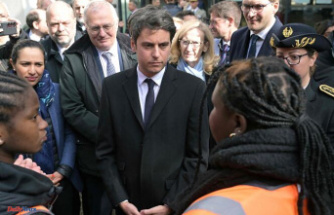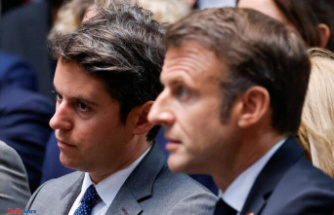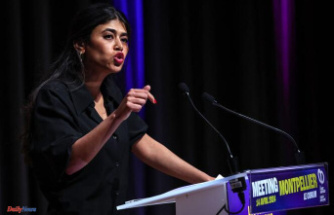1. 1.) Independence was not declared on July Fourth
Because July 4, 1776 was the official adoption date of the Declaration of Independence document by Congress, it is important. The second Continental Congress voted for independence in July 2. John Adams wrote to Abigail that he predicted that future generations would recognize July 2 as Independence Day. He said, "The second of July 1776 will be celebrated by succeeding generation as the great anniversary festival. It should be celebrated with pomp and ceremony, including shows, games and sports, as well as guns, bells and bonfires and illumination, at all points of the continent.
2. 26 copies of Declaration of Independence are still available:
The approved text was reproduced by the "Committee of Five" after the Declaration of Independence was adopted. It consisted of Thomas Jefferson (John Adams), Benjamin Franklin, Roger Sherman, Robert R. Livingston and Roger Sherman. John Dunlap, a Philadelphia printer, sent all copies he had made to newspapers in the 13 colonies on July 5. He also sent copies to commanders of Continental troops and politicians. Although there were hundreds of copies at first, the "Dunlap broadsides" were only 26. They are now mostly in museum and library collections. A Philadelphia man discovered one of the newest "Dunlap broadsides" in a picture frame he bought at a flea marketplace for $4 in 1989.
3. George Washington's reading of Declaration of Independence on July 9, 1776 sparked a riot in New York City, where King George III's statue was taken down.
George Washington, the commander of the Continental forces at New York, read the document to the crowd before city hall when one of the Dunlap broadsides arrived in New York City on the 9th of July 1776. Many cheered, and they later tore down the statue of King George III. Later, the statue was melted down and used for making tens of thousands musket balls to support the American army.
4. 4.)
Secret Service Agent Harry Neal was assigned the task of transferring "priceless historical papers" from Washington, D.C. to Fort Knox, Kentucky, after the attack on Pearl Harbor. Some of the Fort Knox cases contained Abraham Lincoln's Gettysburg Address and the Gutenberg Bible. In 1944, the Declaration was returned to Washington, D.C.
5. 56 men signed Declaration of Independence. However, many of these men never became famous.
John Adams and Thomas Jefferson were among the Declaration of Independence signers. They went on to serve as the second, and third presidents of America. Many of the signers are not remembered, however, like Button Gwinnett from Georgia and Josiah Bartlett from New Hampshire, whose names were used as Martin Sheen’s presidential character in "West Wing."












